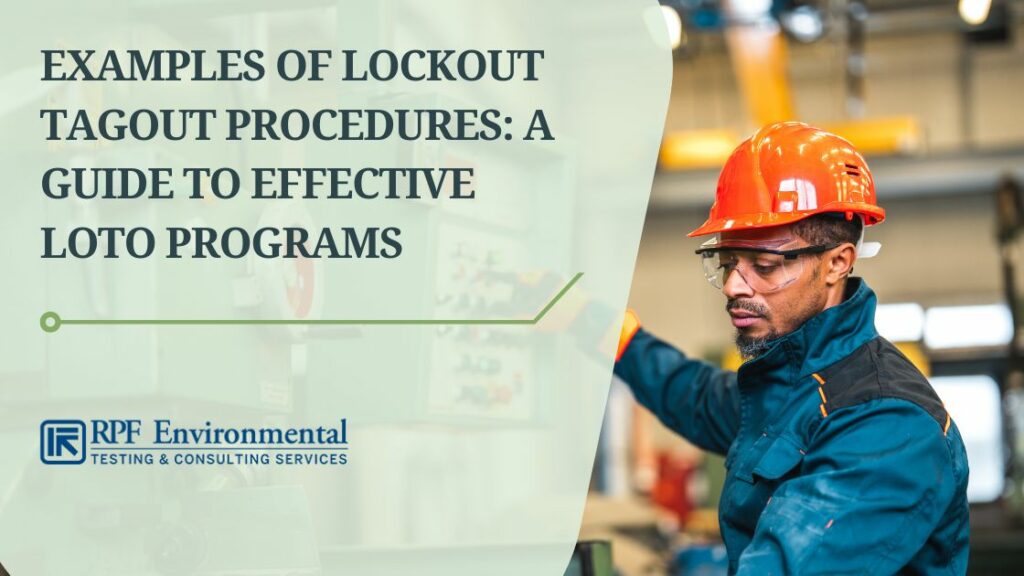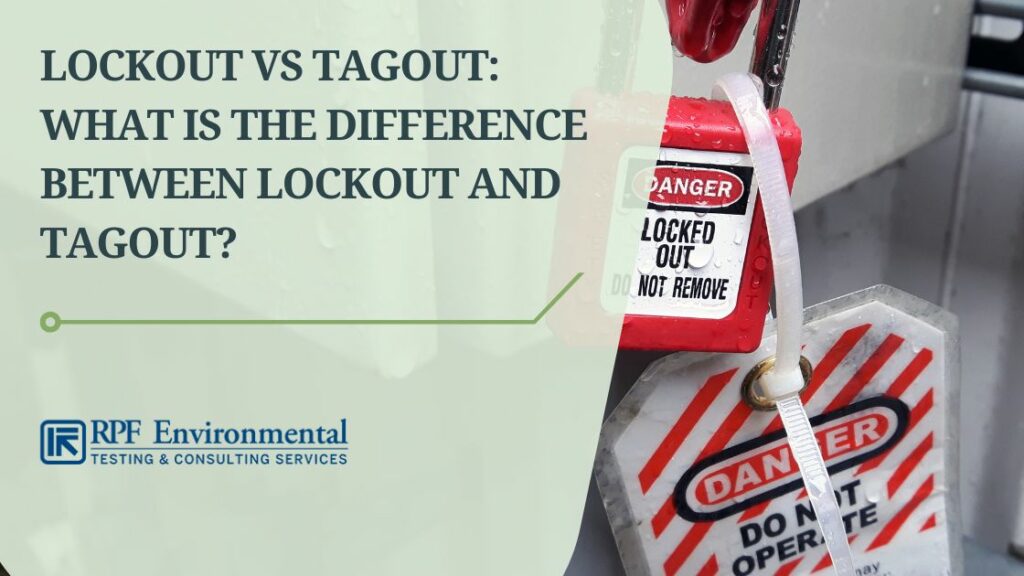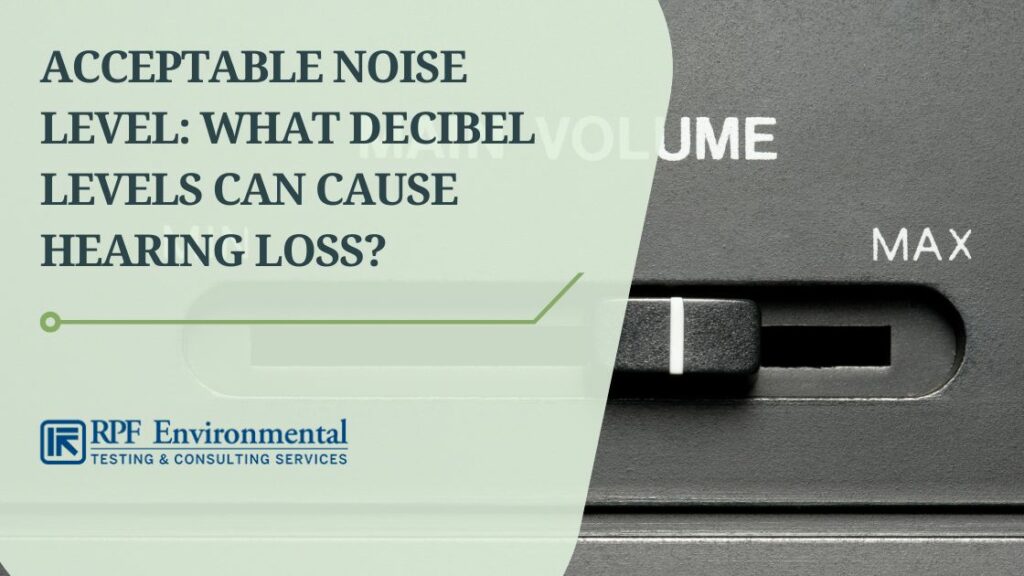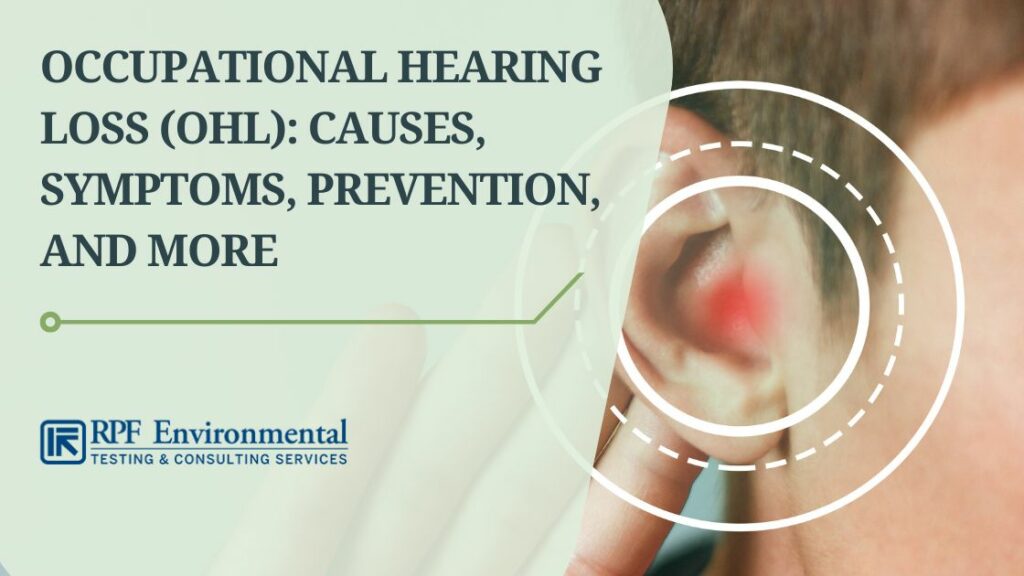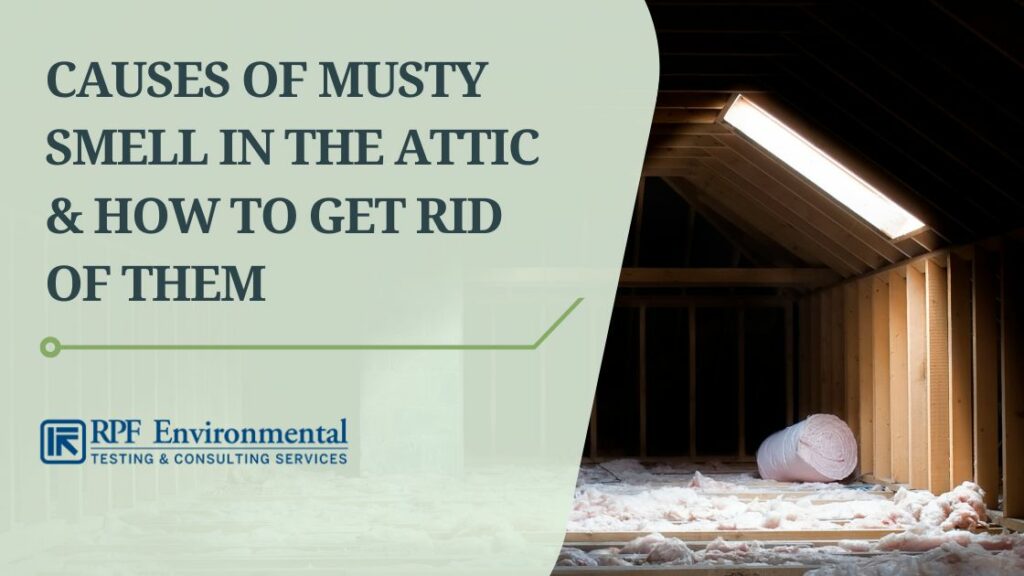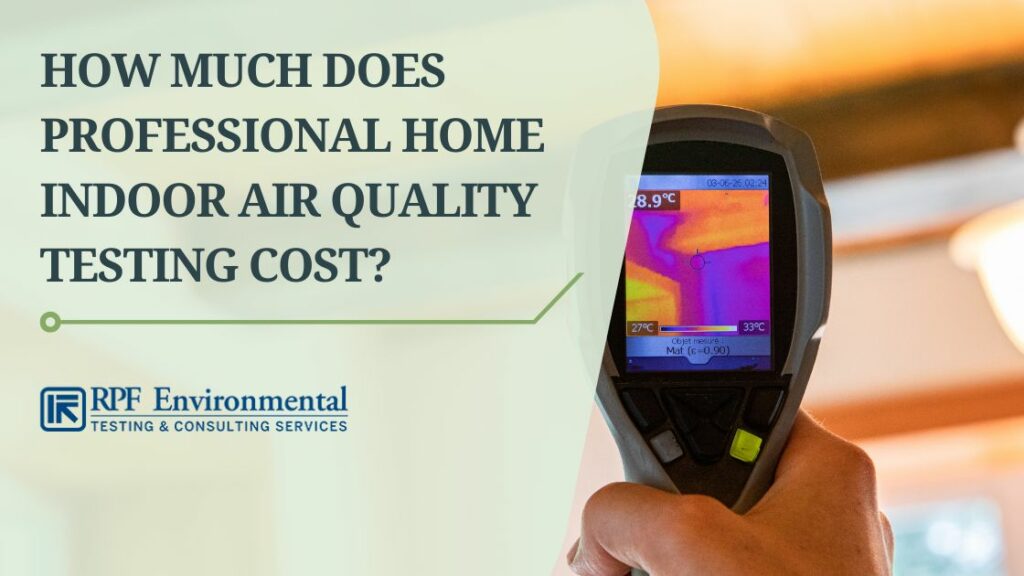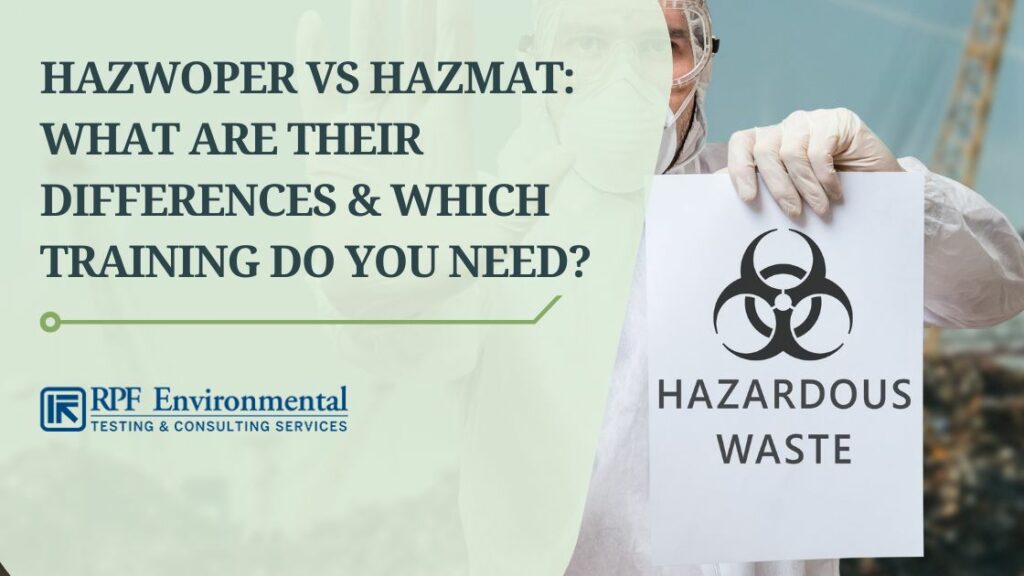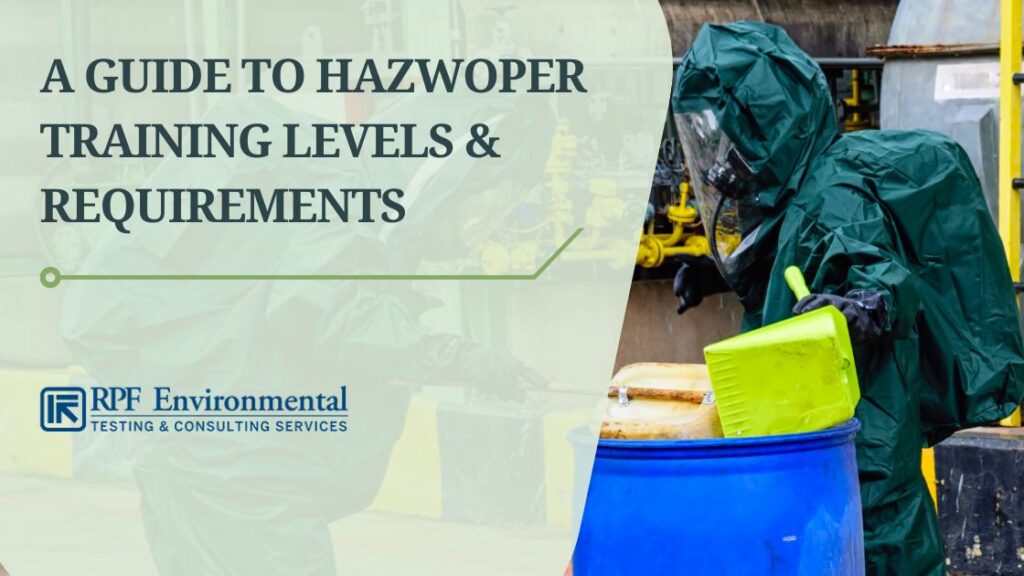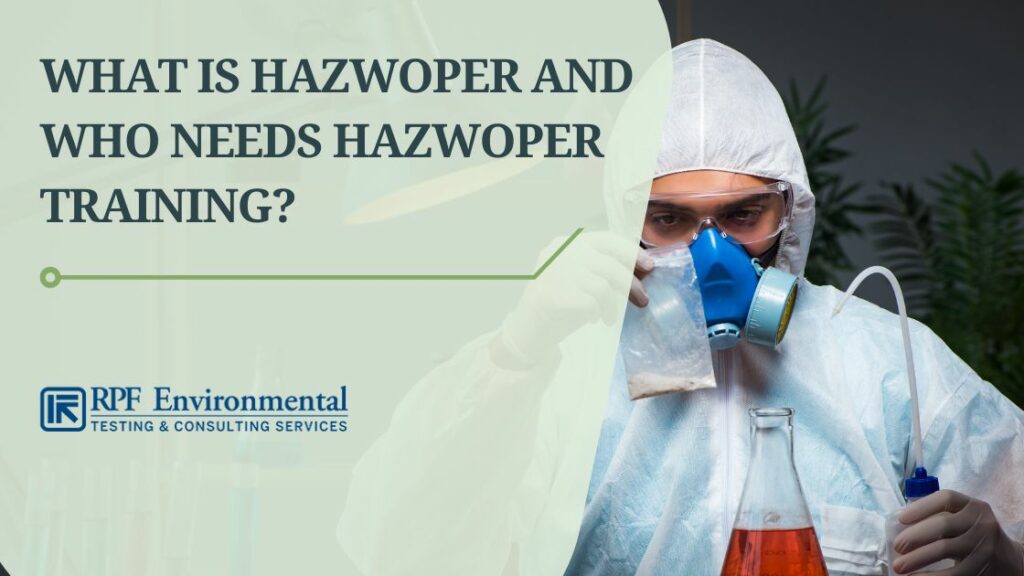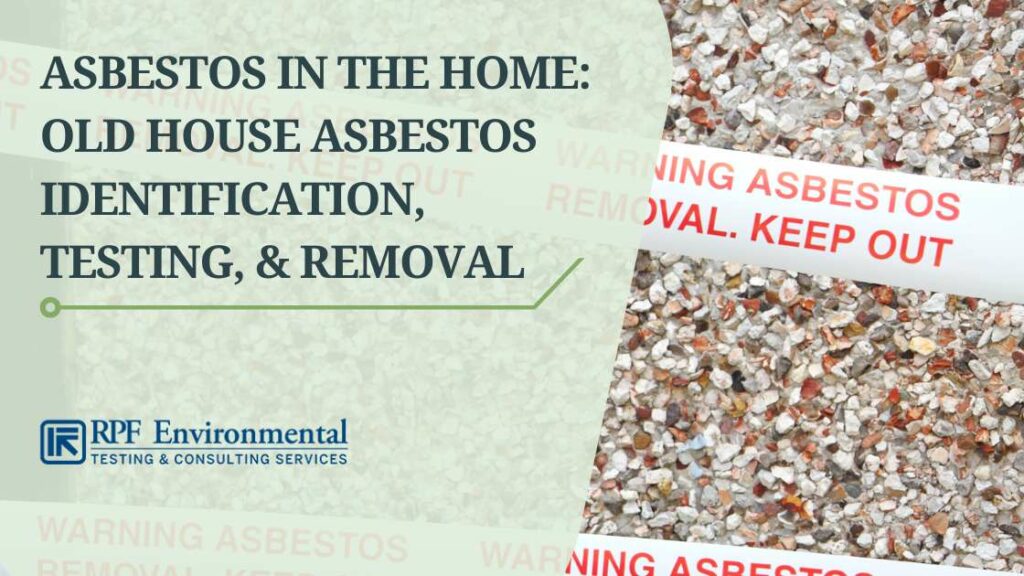Emergency Stop (E-Stop) Lockout Devices: What Are They & Can You Use Them in Lockout Procedures?
NO. You can’t use emergency stop (E-Stop) devices in lockout procedures. You can prevent their unauthorized or accidental activation by using E-Stop lockout devices such as emergency stop safety covers. But, they do not meet OSHA’s definition of an energy-isolating device which employers are required to lock out before maintenance and servicing activities on machines …


